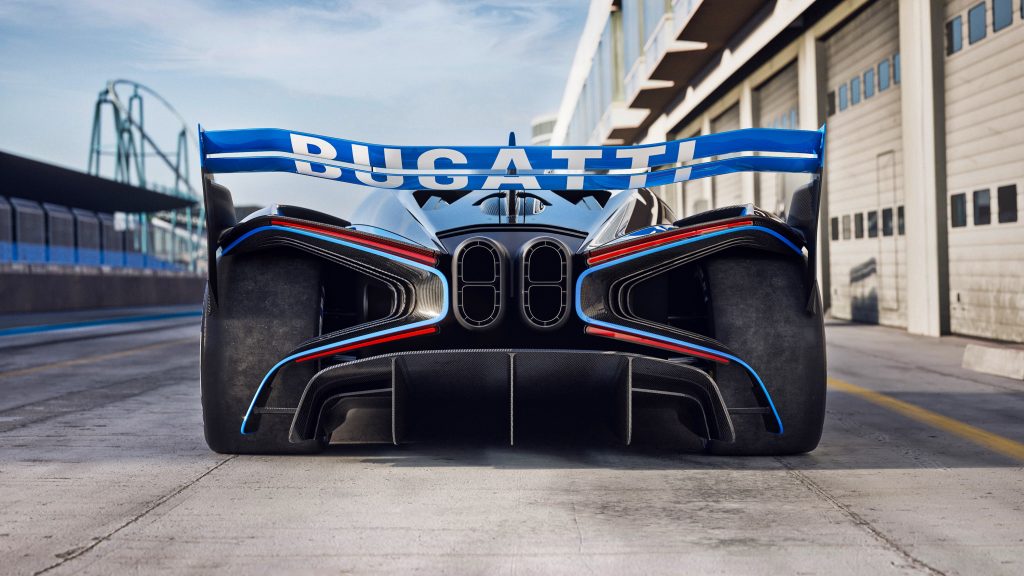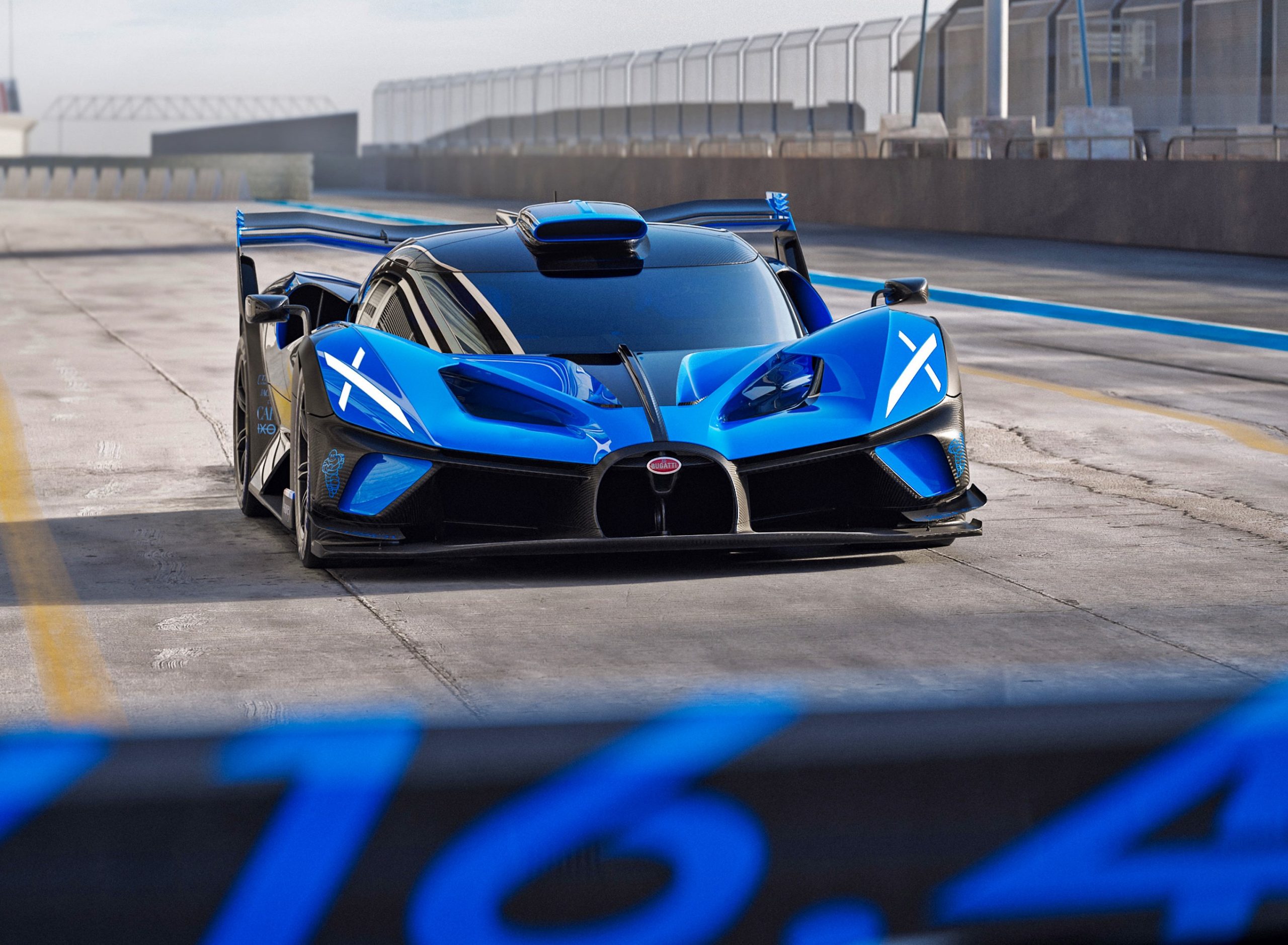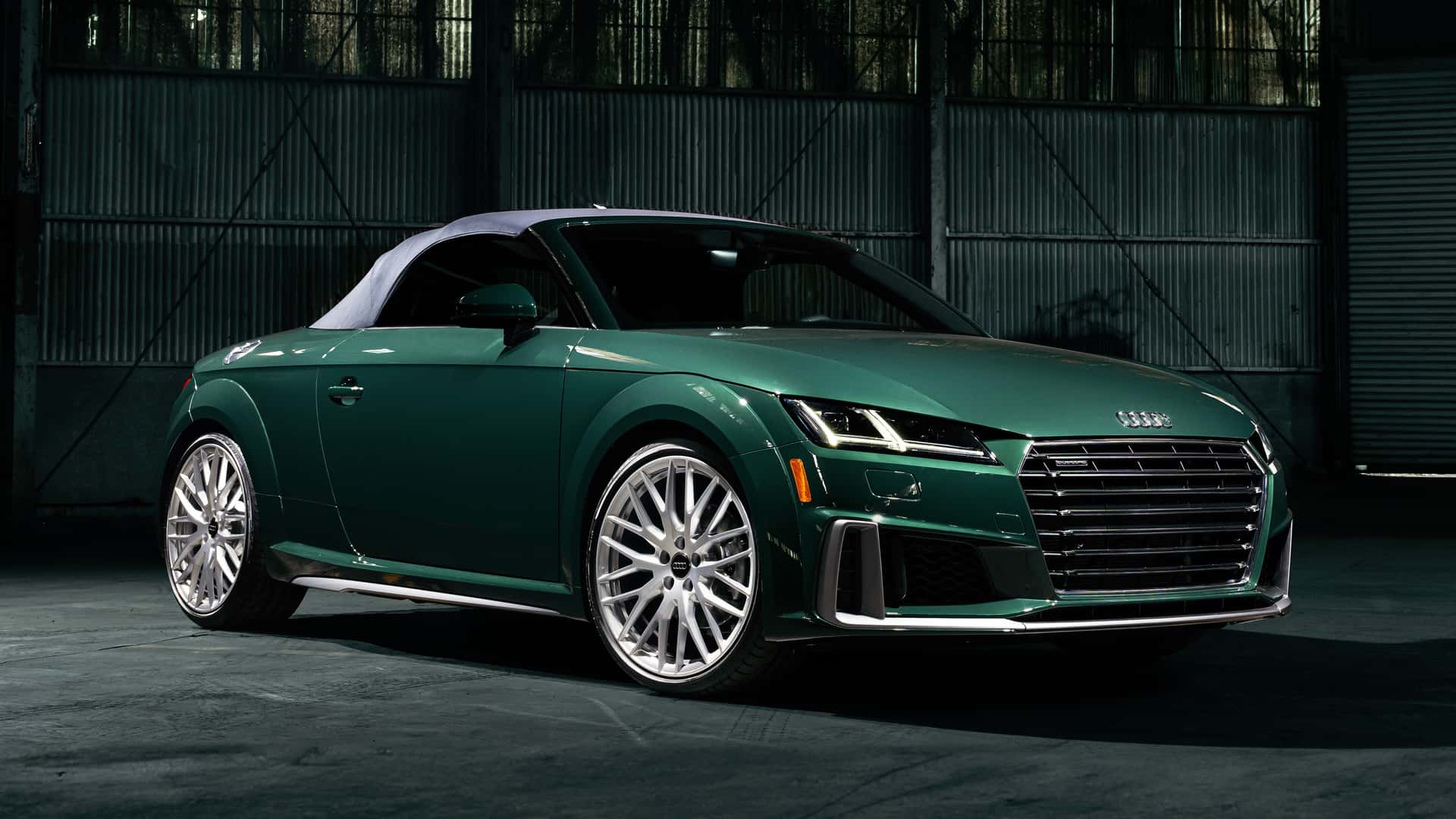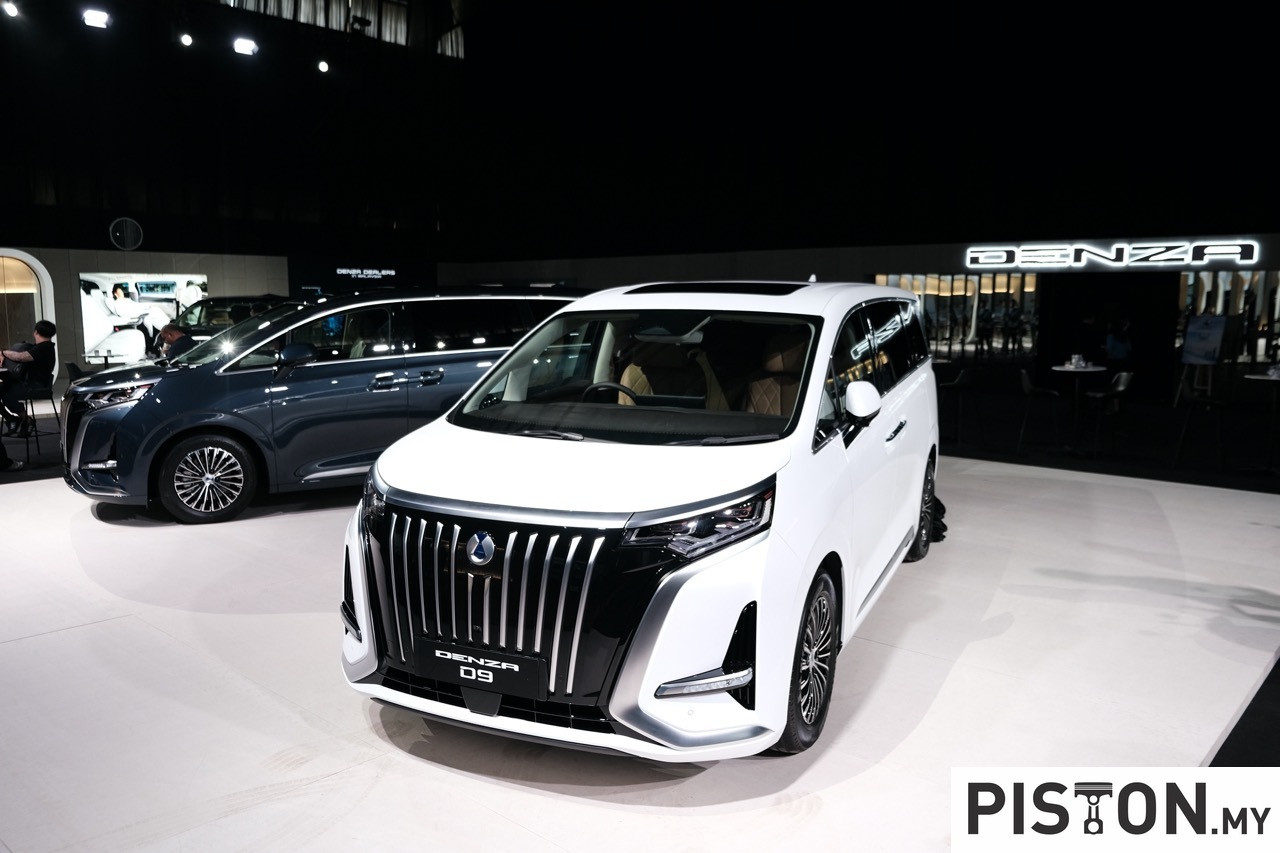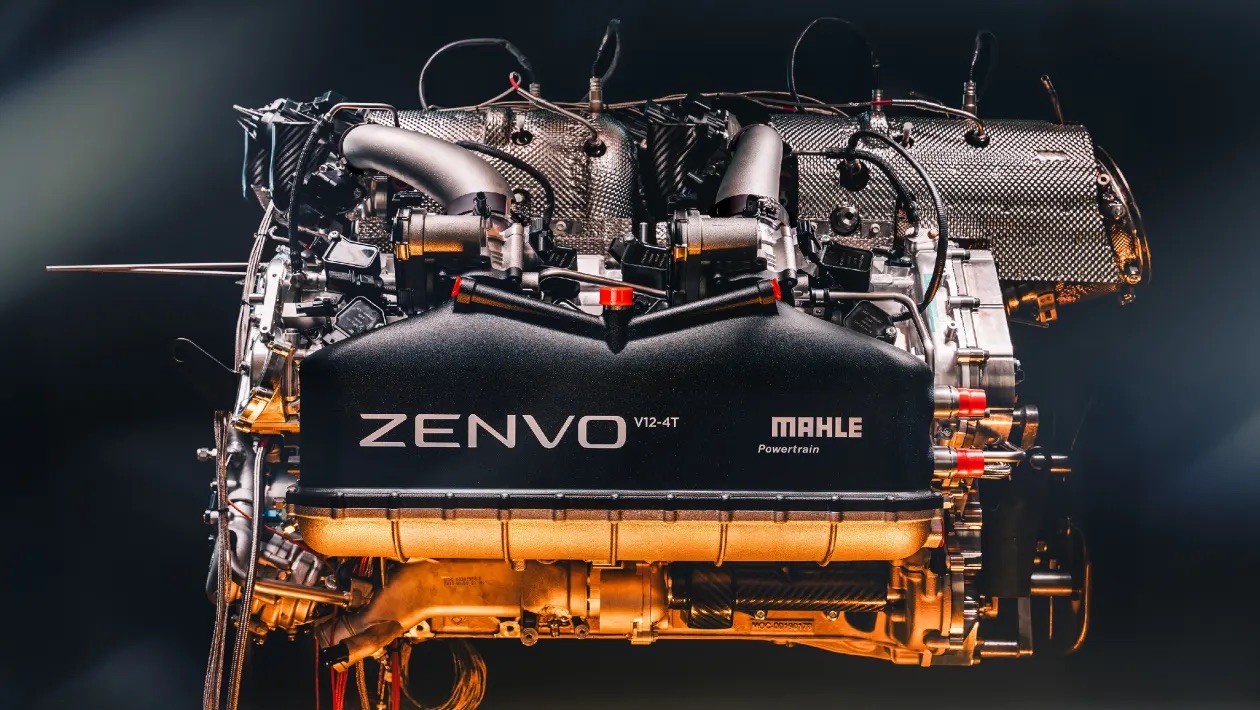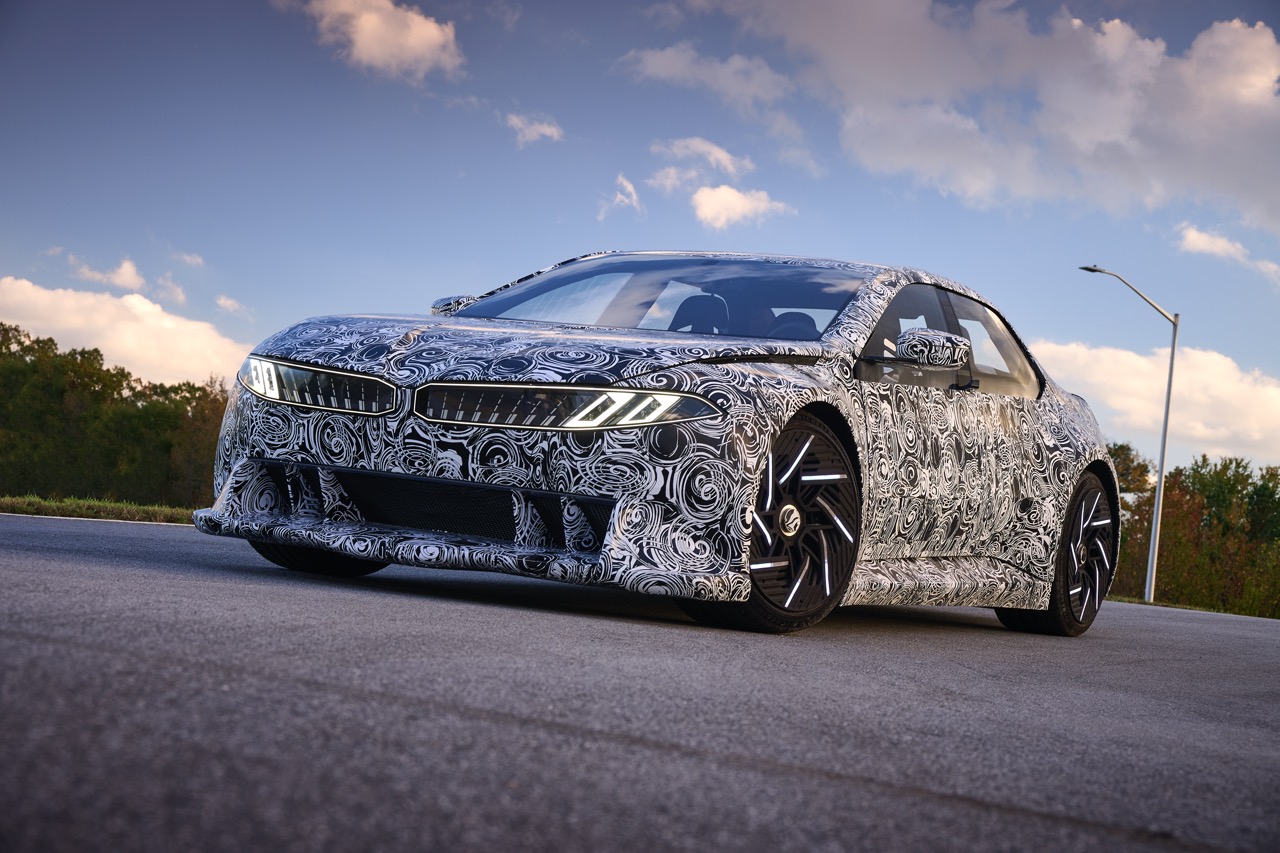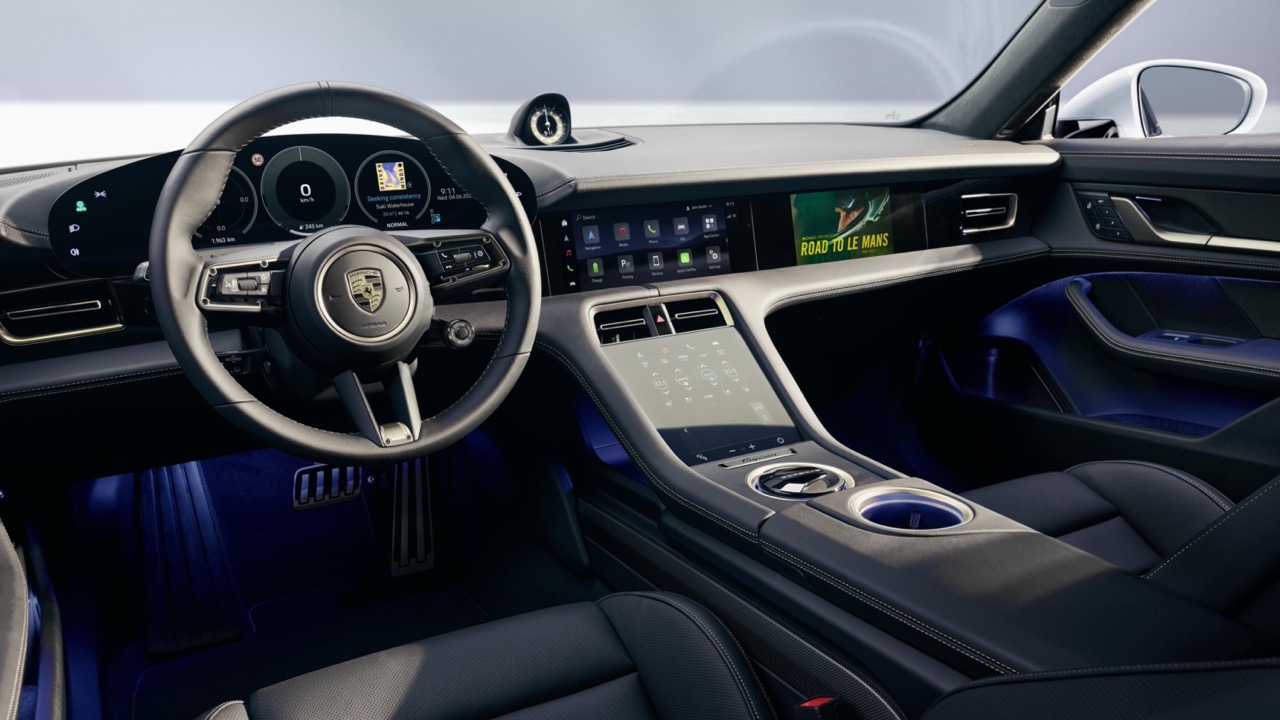The first time the world heard about a super Bugatti (actually all Bugattis are super anyway) was in late 2020 when the idea of a lightweight, track-only hyper sportscar was presented. The following year, at The Quail (a motorsports gathering) in August 2021, the carmaker announced that it would develop the Bolide, as the car would be known, into a limited production model.
The production run would be for just 40 units, all built around the iconic W16 engine. 20 months have passed and during that time, the engineers have been developing the car to an entirely new level of engineering, aerodynamic and technological innovation.
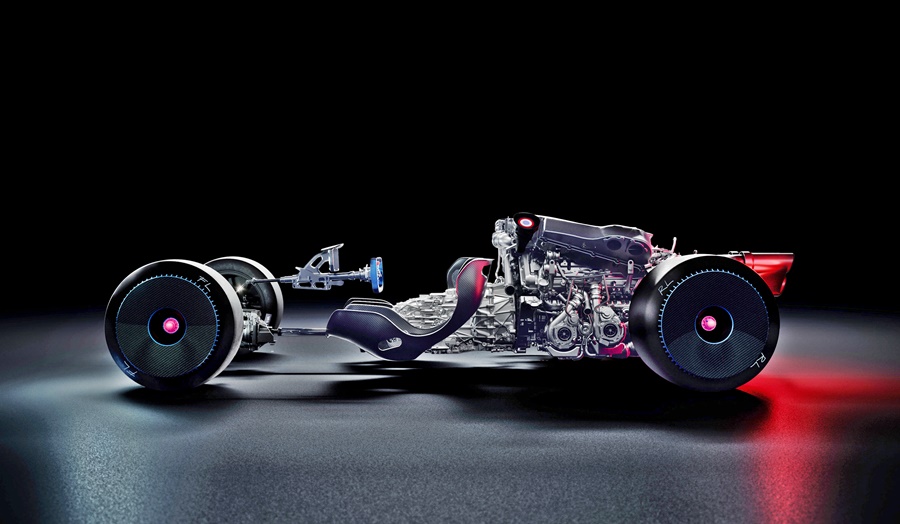
From a ‘thought experiment’
Turning what began as a ‘thought experiment’ into a reality is a complex project. Bugatti started with the quad-turbo W16 engine, and then built the lightest possible car around it. In its final form, the Bolide is expected to deliver 1,600 ps (with RON98 fuel) and a dry weight of only 1,450 kgs to better the magical 1:1 ratio. Its minimal bodywork is designed carefully to leverage maximum downforce, most efficient cooling and exceptional power-to-weight ratio.
“The Bolide is treading new ground for Bugatti. Never before has such a powerful engine been paired with an ultra-lightweight design to create a track car that delivers motorsport levels of performance. Almost every component has been analyzed and redesigned to ensure Bolide is as light, capable and reliable as our strict targets require it to be. The next phase of development is a major milestone in the creation of a car that takes Bugatti’s ‘form follows performance’ philosophy to a new level,” said Christophe Piochon, President of Bugatti Automobiles.
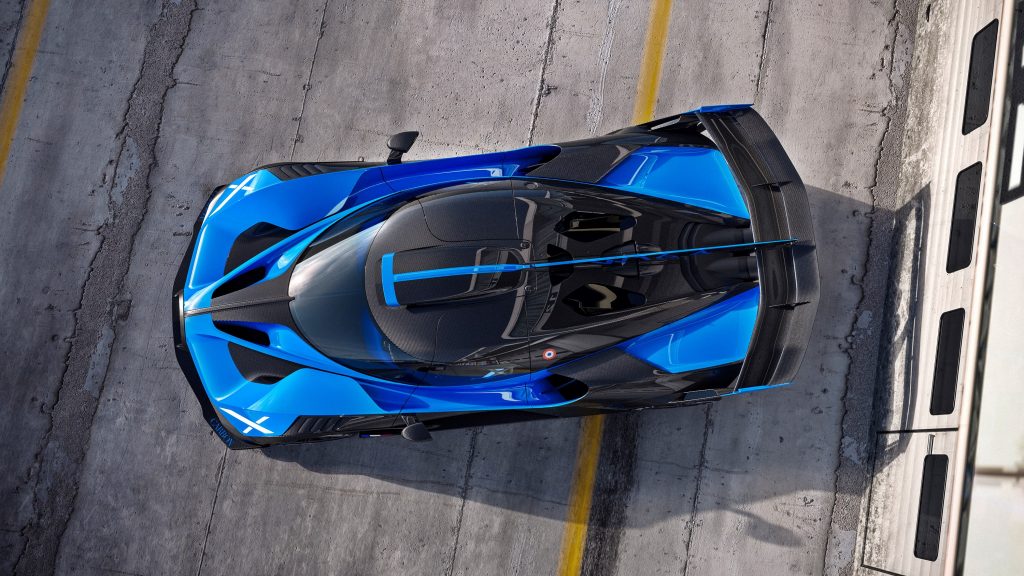
Bespoke craftsmanship
Creating the Bolide is a case of bespoke craftsmanship. Although the engine may be familiar in its layout and capacity, it is integrated into the Bolide in a fully different way. Since the earlier announcement, the car has evolved in various ways. A newly shaped carbonfibre monocoque compared with the Chiron meant re-engineering many components, including cooling, transmission and suspension, each of which now had to be packaged within the incredibly compact and aerodynamic design of Bolide, with a matter of millimetres to spare.
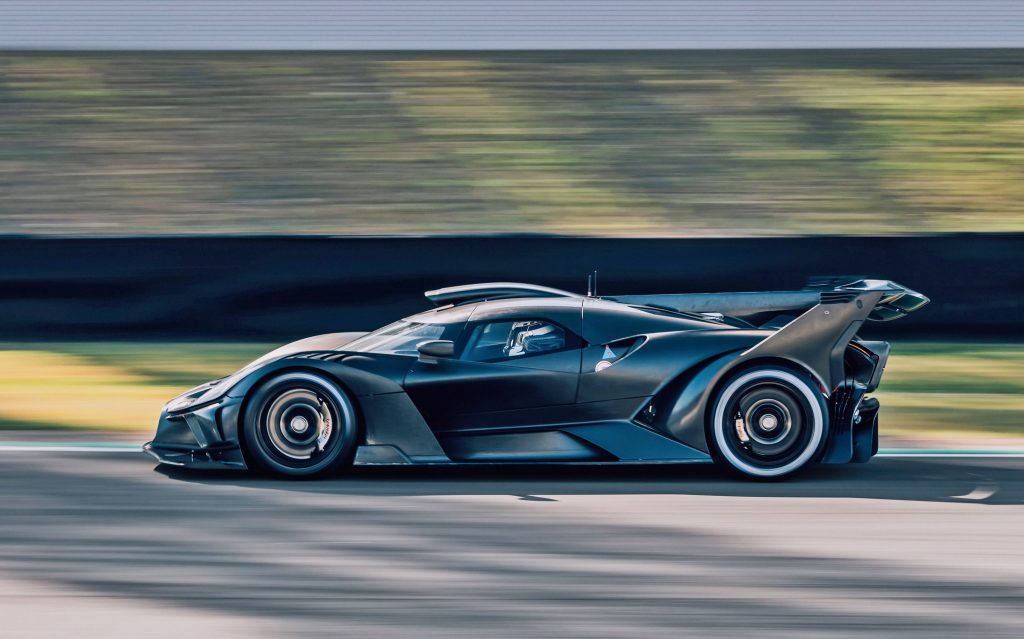
With new engine mountings, the suspension of Bolide’s drive unit is 3 times stiffer than the Chiron’s. Together with the uniball suspension bearings, the Bolide gives the driver even more precise feedback. The Bolide also uses 3D-printed titanium rockers to help create intricately shaped and lightweight components.
The engine itself is central to the Bolide experience, but subtly adapted for this car’s unique character. It always operates on all four of its turbochargers – perfect for the racetrack where engine revs are consistently high, but also for weight and packaging reasons.
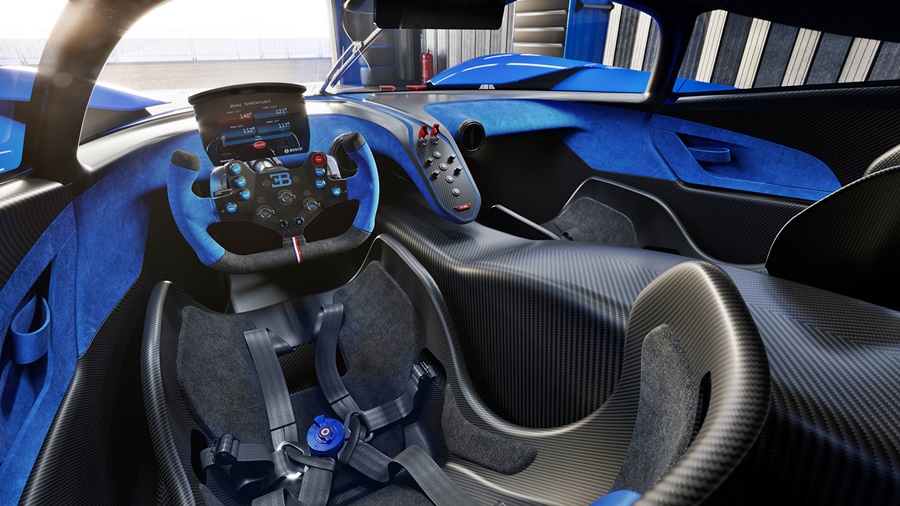
The team has tuned the engine to deliver higher revs per minute and successfully paired it to a modified transmission designed to deliver even sharper performance.
Fitted with racing tyres
Befitting its status as a track car with the performance of a top-level motorsport machine, the Bolide is fitted with slick tyres which – at the rear – can only be found on LMDh vehicles racing in the World Endurance Championship. Thanks to Michelin’s long-standing partnership with Bugatti, these tyres can be used for the Bolide.
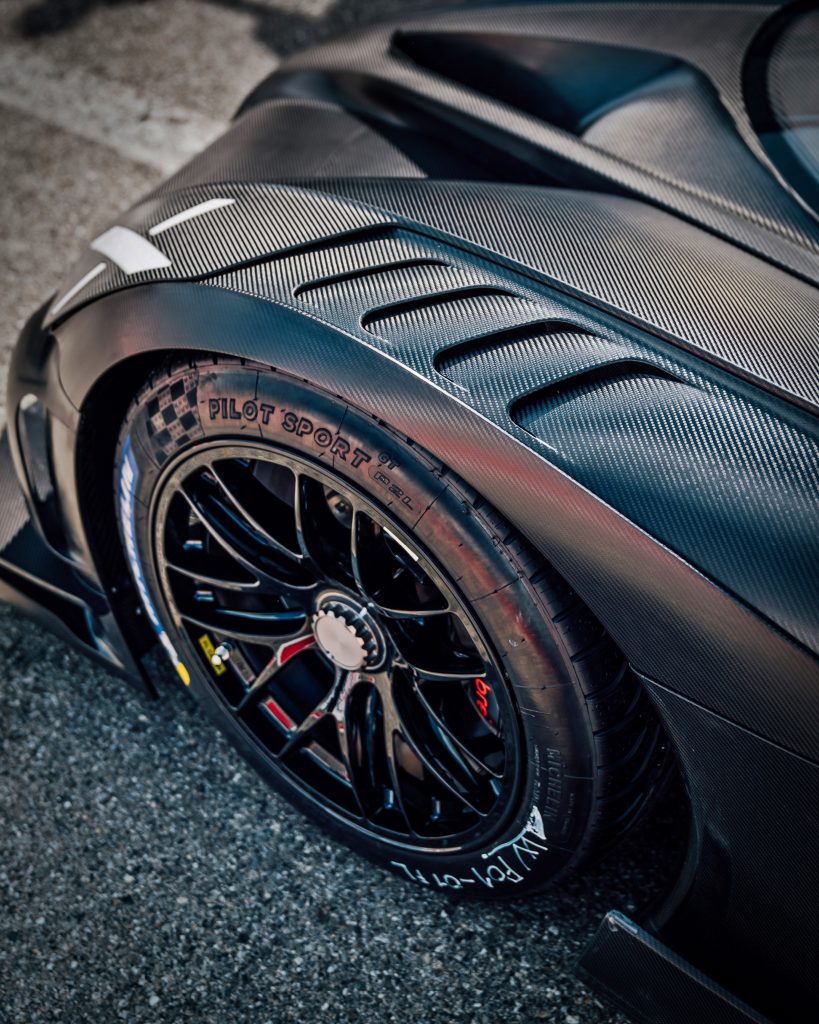
With 18-inch tyres, 390 mm brake discs were created and a carbonfibre cover placed on each wheel to help protect the rims from the extreme heat generated by the brakes. The brake system offers entirely new levels of performance and innovation.
In the Chiron, the brakes are an effective and long-lasting carbonfibre ceramic system but the Bolide uses even more heat-resistant carbon-carbon brakes. These must be thoroughly warmed before they reach their peak effectiveness so Bugatti engineers designed completely new calipers that would more efficiently generate and absorb heat.

A prototype is now undergoing the next phase of development testing. Sometime in 2024, the first customers will begin getting their Bolide, for which they are each paying upwards of 4 million euros (about RM19.7 million).
